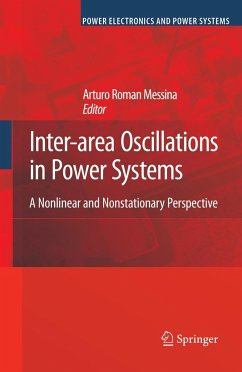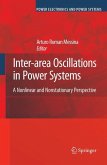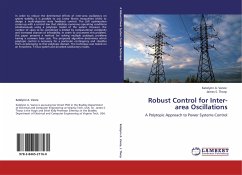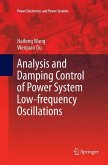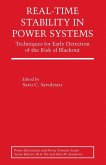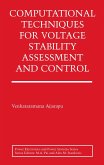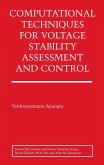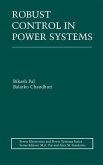This book discusses the development and application of new processing techniques to the study, characterization, and control of inter-area oscillations in power systems. Emphasis is placed on the modeling and control of complex time-varying behavior.
The study of complex dynamic processes governed by nonlinear and nonstationary characteristics is a problem of great importance in the analysis and control of power system oscillatory behavior. Power system dynamic processes are highly random, nonlinear to some extent, and intrinsically nonstationary even over short time intervals as in the case of severe transient oscillations in which switching events and control actions interact in a complex manner. Phenomena observed in power system oscillatory dynamics are diverse and complex. Measured ambient data are known to exhibit noisy, nonstationary fluctuations resulting primarily from small magnitude, random changes in load, driven by low-scale motions or nonlinear trends originating from slow control actions or changes in operating conditions. Forced oscillations resulting from major cascading events, on the other hand, may contain motions with a broad range of scales and can be highly nonlinear and time-varying. Prediction of temporal dynamics, with the ultimate application to real-time system monitoring, protection and control, remains a major research challenge due to the complexity of the driving dynamic and control processes operating on various temporal scales that can become dynamically involved. An understanding of system dynamics is critical for reliable inference of the underlying mechanisms in the observed oscillations and is needed for the development of effective wide-area measurement and control systems, and for improved operational reliability.
Hinweis: Dieser Artikel kann nur an eine deutsche Lieferadresse ausgeliefert werden.
The study of complex dynamic processes governed by nonlinear and nonstationary characteristics is a problem of great importance in the analysis and control of power system oscillatory behavior. Power system dynamic processes are highly random, nonlinear to some extent, and intrinsically nonstationary even over short time intervals as in the case of severe transient oscillations in which switching events and control actions interact in a complex manner. Phenomena observed in power system oscillatory dynamics are diverse and complex. Measured ambient data are known to exhibit noisy, nonstationary fluctuations resulting primarily from small magnitude, random changes in load, driven by low-scale motions or nonlinear trends originating from slow control actions or changes in operating conditions. Forced oscillations resulting from major cascading events, on the other hand, may contain motions with a broad range of scales and can be highly nonlinear and time-varying. Prediction of temporal dynamics, with the ultimate application to real-time system monitoring, protection and control, remains a major research challenge due to the complexity of the driving dynamic and control processes operating on various temporal scales that can become dynamically involved. An understanding of system dynamics is critical for reliable inference of the underlying mechanisms in the observed oscillations and is needed for the development of effective wide-area measurement and control systems, and for improved operational reliability.
Hinweis: Dieser Artikel kann nur an eine deutsche Lieferadresse ausgeliefert werden.

